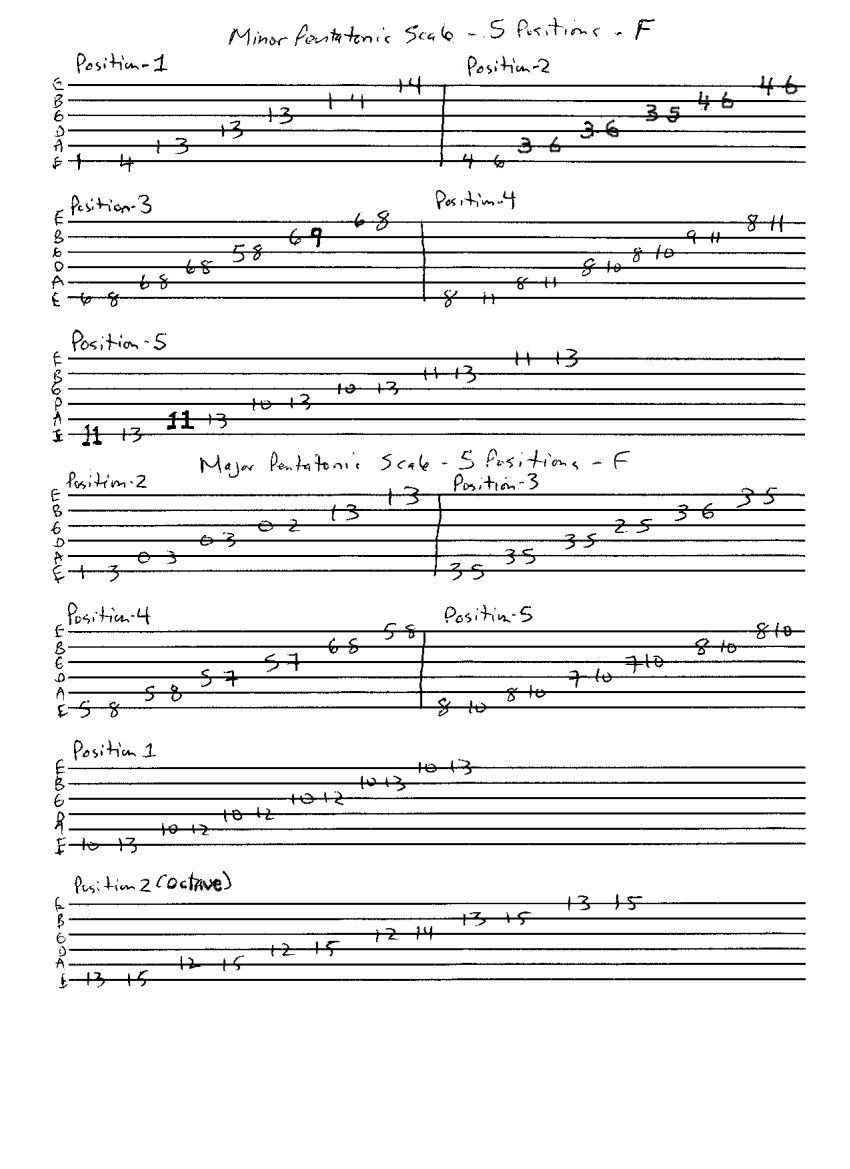The Minor And Major Pentatonic Scale
- Jonathan Stein
- Jan 16, 2017
- 2 min read
These two scales are essential for playing blues, rock, country, jazz and almost every other style of music. On the guitar, they have an interesting relationship. If you know the pattern for one, you know the pattern for both. There are five different patterns that spread out across the neck in each. Learn them in minor and you automatically know them for major. How is this possible, you may be wondering. The key is that they are three frets apart. If you play a minor pentatonic pattern, you will find the corresponding major pentatonic position three frets lower. Both scales use the exact same fingering. So, for example, if you play position 1 of the A minor pentatonic scale, which you find at the fifth fret, then play that same position(pattern) at the second fret, it now becomes the A major pentatonic scale.
This takes a bit of practice and experimentation to really understand. Theoretically speaking, both scales have some notes in common and some notes that are different. Using our A minor pentatonic example again, in the minor, we have A, C, D, E and G while in the major, we have A, B, C#, E and F#. The root and the fifth are the same. The notes that differ really give the color to the scale. When using these scales, it is crucial to keep in mind where your root is each in pattern.
Start by learning the classic position 1. Play it all over the neck. Then, you can gradually start adding the other four positions. You can download a PDF of all five positions of the F minor and F major pentatonic scale here.



























Comments